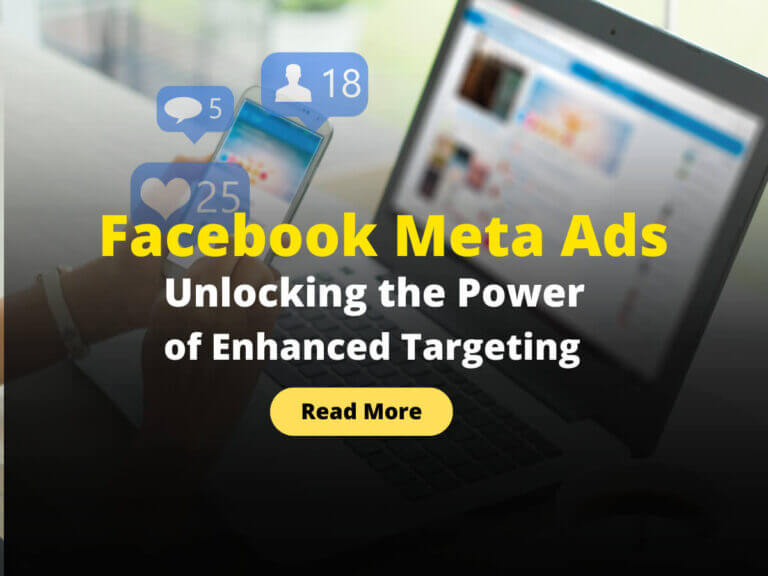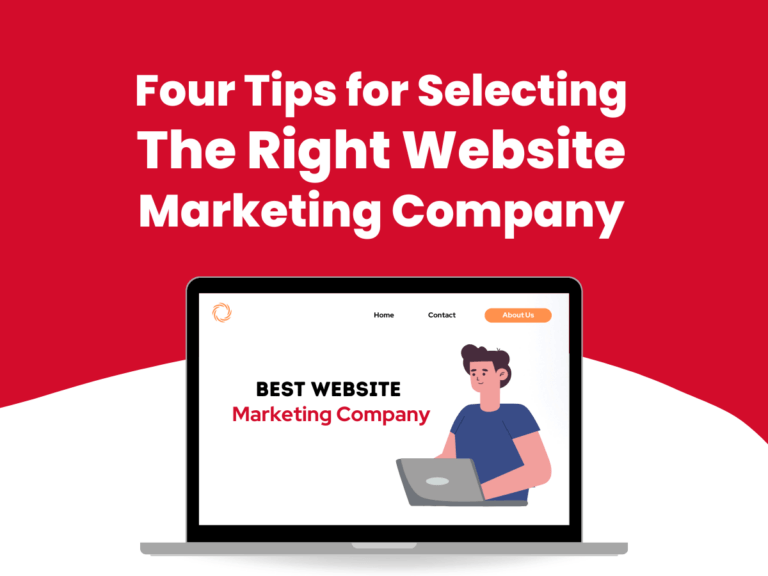If you're looking for a way to drive targeted traffic to your website quickly and efficiently, pay-per-click (PPC) advertising may be the answer. In this guide, we'll cover everything you need to know about PPC advertising, including what it is, how it works, and how you can get started.
Table of Contents
1. What is Pay-Per-Click Advertising?
Pay-per-click advertising is a type of digital advertising where advertisers pay each time a user clicks on one of their ads. PPC advertising is commonly used in search engine advertising, social media advertising, and display advertising.
2. How Does Pay-Per-Click Advertising Work?
In PPC advertising, advertisers bid on specific keywords or phrases that they want their ads to appear for. When a user searches for a particular keyword or phrase, the search engine displays ads based on the advertisers' bids and the relevance of their ad copy to the search query.
When a user clicks on an ad, the advertiser pays the search engine a predetermined fee. The cost per click (CPC) varies based on the keywords and competition in the market. Advertisers can set a maximum bid for each keyword, and the search engine will display their ad if their bid is among the highest.
3. The Benefits of Pay-Per-Click Advertising
PPC advertising has several benefits, including:
- Targeted traffic: You can reach your target audience based on their search intent, interests, demographics, and location.
- Cost-effective: You only pay for clicks, which means you can control your ad spend and maximize your ROI.
- Immediate results: You can launch your campaigns quickly and start generating traffic and leads within a few hours.
- Measurable results: You can track your ad performance, measure your conversion rate, and optimize your campaigns accordingly.
4. How to Set Up a Pay-Per-Click Advertising Campaign
Setting up a successful PPC advertising campaign requires careful planning and execution. Here are the six steps to follow:
4.1 Defining Your Target Audience
The first step in creating a PPC advertising campaign is defining your target audience. You need to understand who your ideal customer is, what their pain points are, and what motivates them to take action.
4.2 Setting Your Budget
Once you've defined your target audience, you need to set your budget. You should consider your overall marketing budget, your advertising goals, and the estimated cost per click for your targeted keywords.
4.3 Choosing the Right Keywords
Keyword research is crucial for PPC advertising success. You need to identify relevant keywords that your target
audience is searching for and that have a reasonable CPC. You can use keyword research tools like Google Keyword Planner or SEMrush to find relevant keywords.
4.4 Creating Effective Ad Copy
Your ad copy is what convinces users to click on your ad, so it's essential to create compelling and relevant ad copy. Your ad should have a clear headline, description, and call-to-action that encourages users to take action.
4.5 Setting Up Your Landing Pages
Once users click on your ad, they should be taken to a landing page that's relevant to their search query and the ad copy. Your landing page should have a clear message, a strong headline, and a call-to-action that encourages users to convert.
4.6 Launching Your Campaign
Once you've completed all the previous steps, you're ready to launch your campaign. Make sure to continuously monitor your campaign's performance and optimize it based on the data you collect.
5. Best Practices for Pay-Per-Click Advertising
To get the most out of your PPC advertising campaigns, here are some best practices to follow:
5.1 Continuously Monitor and Optimize Your Campaign
PPC advertising is an ongoing process, and you need to continuously monitor and optimize your campaign to achieve the best results. You should track your ad performance, analyze your data, and make data-driven decisions to improve your campaigns.
5.2 Use Ad Extensions to Increase Ad Visibility
Ad extensions can help increase your ad's visibility and provide additional information to users. You can use ad extensions like site links, callouts, and structured snippets to provide more context and encourage users to click on your ad.
5.3 Conduct A/B Testing to Improve Performance
A/B testing can help you identify the most effective ad copy, keywords, and landing pages. You should test different variations of your ads and landing pages and use the data to make informed decisions.
6. Common Mistakes to Avoid in Pay-Per-Click Advertising
Here are some common mistakes that advertisers make in PPC advertising and how to avoid them:
6.1 Failing to Define Clear Goals
One of the biggest mistakes in PPC advertising is failing to define clear goals. You should have a clear understanding of your advertising goals, whether it's to generate leads, increase sales, or improve brand awareness.
6.2 Neglecting Ad Copy Quality
Ad copy is the first thing users see when they search for your targeted keywords, so it's essential to create high-quality ad copy. Your ad copy should be relevant, compelling, and aligned with your landing page.
6.3 Choosing the Wrong Keywords
Choosing the wrong keywords can lead to low-quality traffic and wasted ad spend. You should conduct thorough keyword research and choose relevant keywords that have a reasonable CPC and high search volume.
6.4 Failing to Optimize Your Landing Pages
Your landing pages are where users convert, so it's essential to optimize them for conversions. You should have a clear message, a strong call-to-action, and a user-friendly design that encourages users to take action.
7. Conclusion
PPC advertising can be a powerful tool for driving targeted traffic and generating leads for your business. By following the best practices outlined in this guide and avoiding common mistakes, you can create successful PPC advertising campaigns that help you achieve your marketing goals.
8. FAQs
How much does PPC advertising cost?
The cost of PPC advertising varies depending on the platform, your target audience, and the keywords you are bidding on. You can set a budget and only pay when someone clicks on your ad.
What is a good click-through rate (CTR) for a PPC ad?
A good CTR for a PPC ad is typically around 2-3%, but it can vary depending on the industry and the platform. Aim for a higher CTR to improve your ad's performance.
How do I know if my PPC ads are working?
You can track your PPC ads' performance using metrics like clicks, impressions, conversions, and ROI. Use analytics tools like Google Analytics to measure your ads' success and make data-driven decisions.
What are some common mistakes to avoid in PPC advertising?
Some common mistakes to avoid in PPC advertising include not targeting the right audience, bidding on irrelevant keywords, not optimizing your landing pages, and not tracking your performance. Make sure to do your research and continually improve your strategy.
Can PPC advertising help my business reach new customers?
Yes, PPC advertising can help your business reach new customers by targeting specific demographics and interests. With the right strategy, you can reach a wider audience and increase your brand's visibility.
9. Related questions
What is Pay-Per-Click Advertising?
Pay-per-click (PPC) advertising is a digital marketing model where advertisers pay a fee each time a user clicks on their ad. PPC ads can appear on search engine results pages (SERPs), social media platforms, and other websites.
How Do You Get Paid Per Click Advertising?
If you're an advertiser, you pay for each click on your ad. If you're a publisher or website owner, you can earn money by displaying PPC ads on your website. When a user clicks on an ad, you earn a portion of the advertiser's fee.
What is Pay-Per-Click (PPC) Examples?
Some popular examples of PPC advertising platforms include Google Ads (formerly Google AdWords), Bing Ads, Facebook Ads, and Instagram Ads. These platforms allow advertisers to create and display ads to a targeted audience.
Why is PPC Called Paid Per Click?
PPC advertising is called paid per click because advertisers only pay when a user clicks on their ad. Unlike traditional advertising models where advertisers pay a fixed rate for ad space, PPC advertising allows advertisers to pay for the specific actions they want to achieve.
How Much Do Ads Pay Per 1,000 Views?
The amount that ads pay per 1,000 views, or impressions, varies depending on the platform and the type of ad. Advertisers may pay anywhere from a few cents to several dollars per impression, depending on the competition for ad space and the target audience.
Can I Earn Money By Watching Google Ads?
As a viewer, you typically cannot earn money by watching Google Ads. However, as a publisher or website owner, you can earn money by displaying Google Ads on your website and earning a portion of the advertiser's fee for each click.
What is PPC in Amazon?
PPC in Amazon refers to the platform's pay-per-click advertising model. Amazon allows sellers to create and display ads for their products on the Amazon platform, targeting specific audiences based on keywords and other criteria. Sellers only pay when a user clicks on their ad, making it a cost-effective way to promote their products on the platform.




